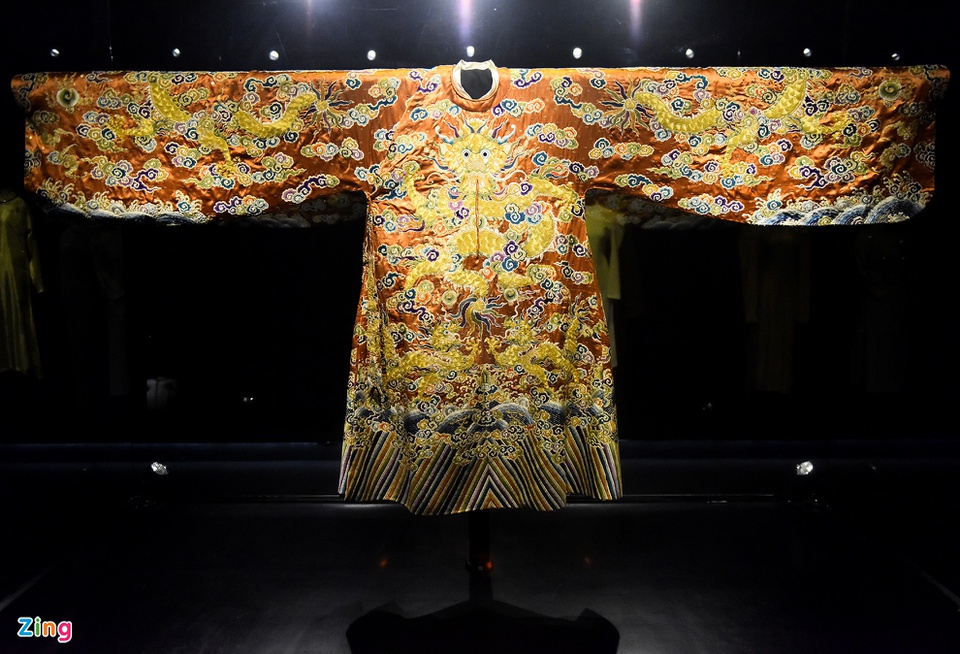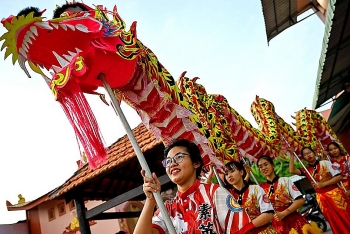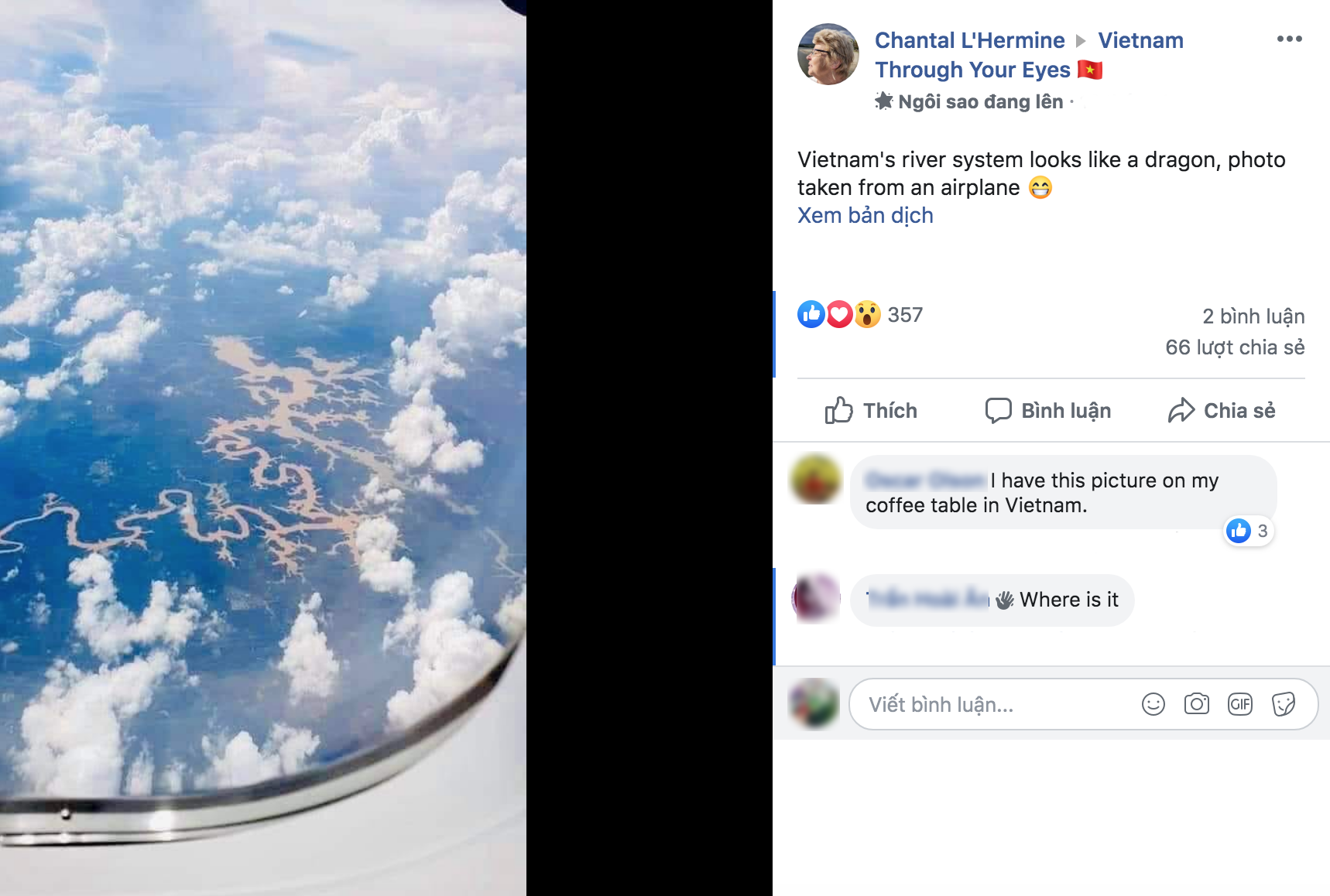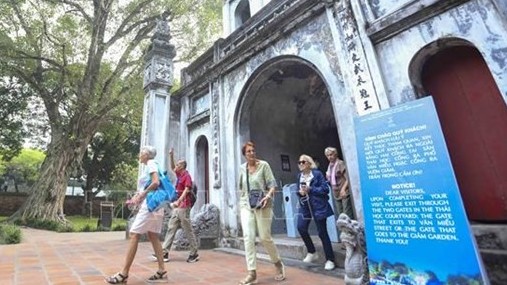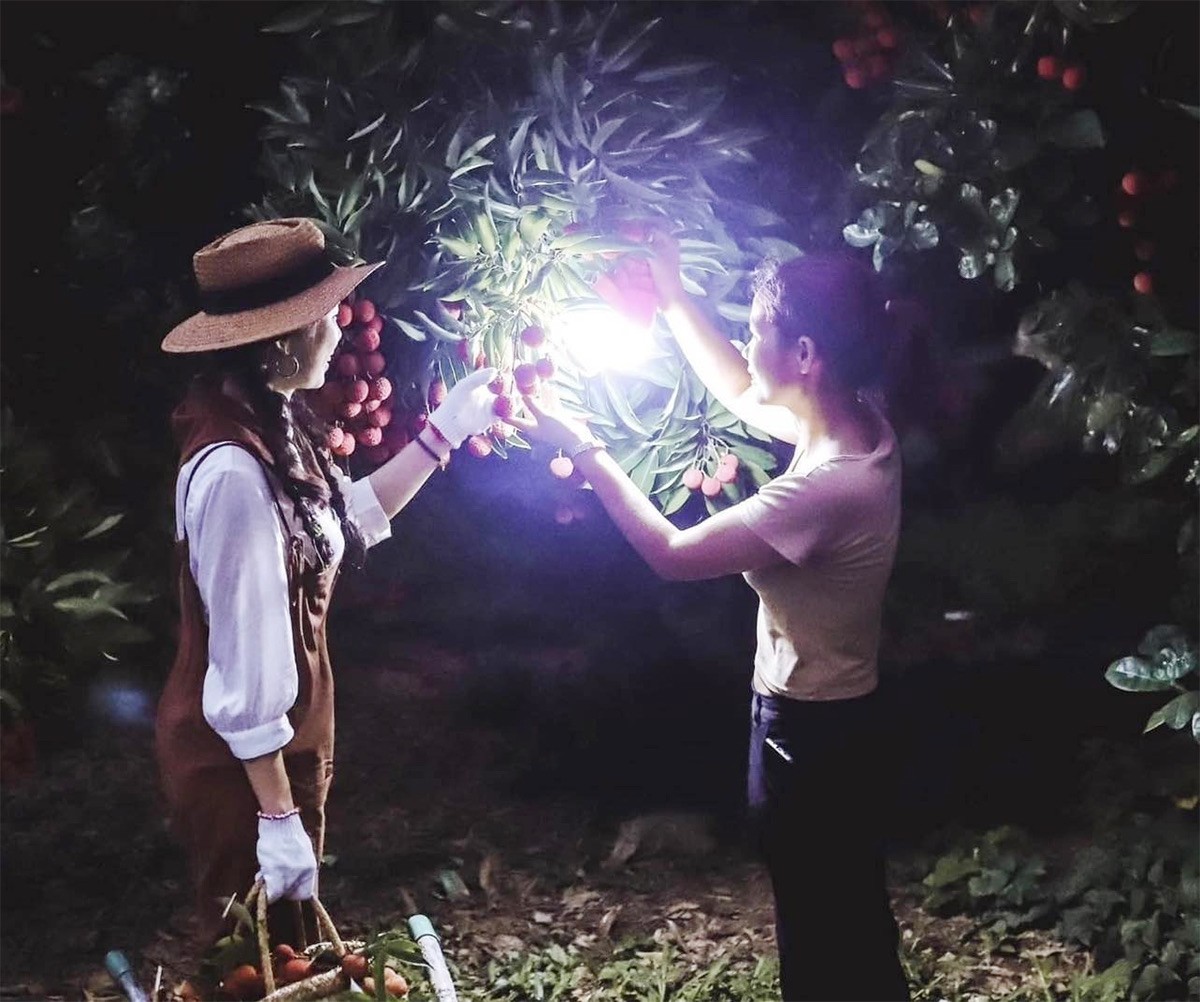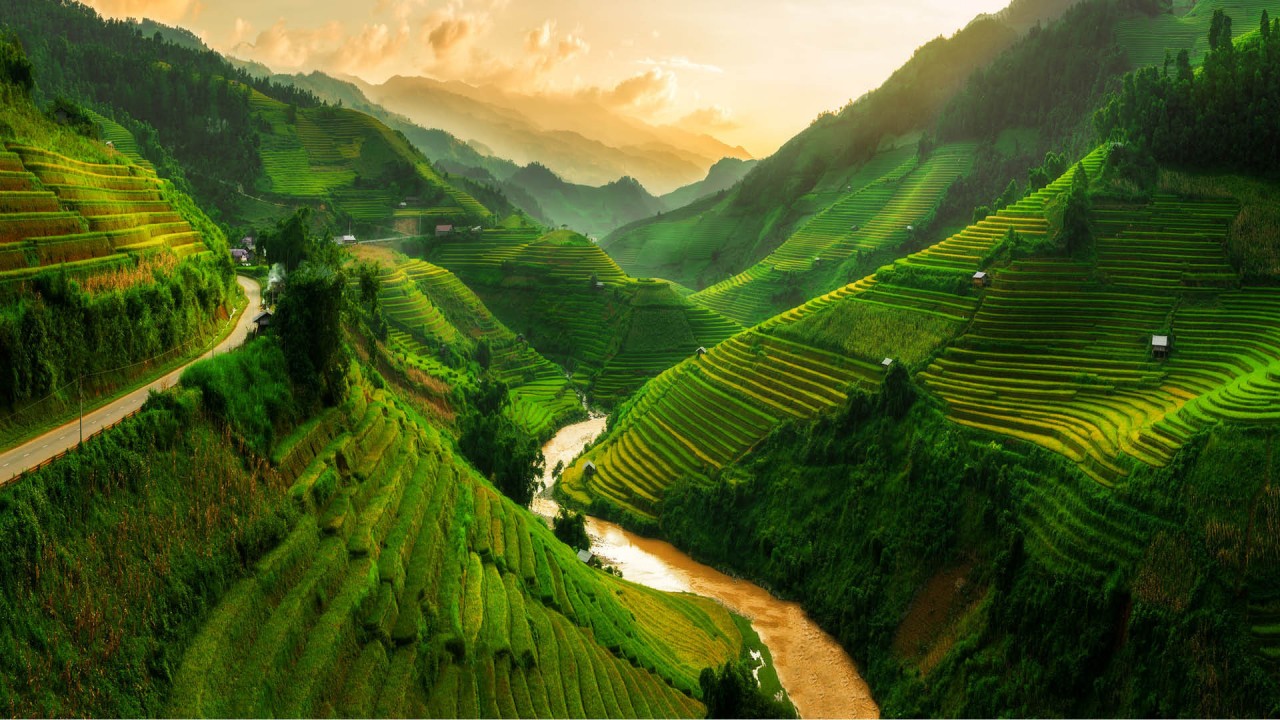Myths of Vietnam: Here Be Dragons
| Dong Cuu: an embroidery village responsible for 'dragon robes' | |
| Female dragon dancer scale-up ambitions in Vietnam | |
| One-of-a-kind dragon-shaped river in Vietnam stuns netizens |
Since the inception of the country, dragons have been intrinsically-linked to the development of Vietnam as an independent nation. Depicted in a more slender, cat-like stance, the Vietnamese dragon is closely associated with water. It is often seen ascending from the sea in old drawings. Unlike their Western counterparts, Vietnamese dragons are helpful creatures, more likely to bring refreshing rains rather than hellfire. Stories of these benevolent beasts parallel Vietnam’s evolution over the centuries.
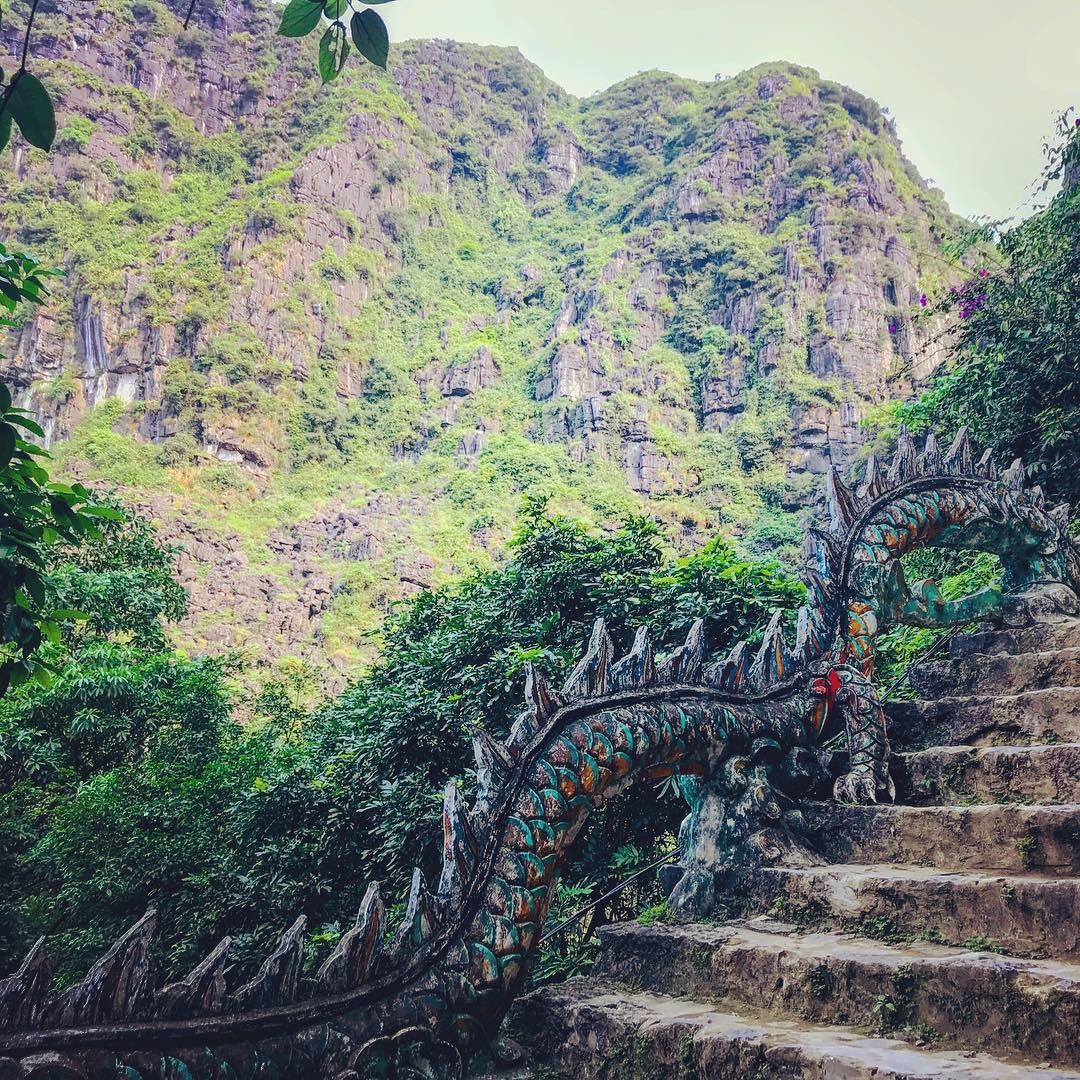 |
| A stone dragon accompanies hikers up Hang Mua Mountain in Ninh Binh. Photo: Glen - VNT |
There are plenty of examples of dragons defining important moments of Vietnamese history. For instance, Vietnam’s origin story describes its people as descendents of a Fairy Mother, named Au Co, from the mountains and a Dragon King from the sea, named Lac Long Quan. This is why some Vietnamese people refer to themselves as “con Rong chau Tien” or “children of the Fairy and the Dragon.” With such a divinely monstrous image embedded into the soul of a small-yet-mighty nation, the dragon is often seen as Vietnam’s symbolic protector.
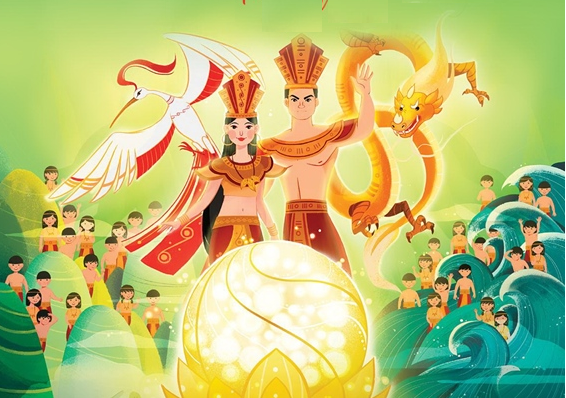 |
| Vietnam's first children, “con Rong chau Tien,” were born from a Fairy Mother and Dragon King Father. |
Vietnamese dragons are often featured alongside important historical milestones, such as naming Hanoi as the nation’s capital or establishing sovereignty of the coastline. Plenty of Vietnamese heroes, from the ancient to the revolutionary age, drew inspiration from the dragon legends. Even today, the Vietnamese dragon is used to represent the nation’s recent economic growth and continues to enchant children across the world.
The City of the Soaring Dragon
One of Vietnam’s earliest rulers forever altered the course of the young nation, a choice blessed by a magnificent golden dragon. In the year 1010, Emperor Lý Thái Tổ decided to move the capital city from Hoa Lu to a fertile area, nestled besides the Red River, then known as Dai La. The emperor described the area as a lush paradise “between Heaven and Earth where the coiling dragon and crouching tiger lie.” King Lý Thái Tổ predicted his new capital would last for ten thousand years.
Reportedly, when first arriving in Dai La, a golden dragon appeared in the stunning blue sky to the emperor’s amazement. This encounter prompted Emperor Lý Thái Tổ to rename Dai La as “Thang Long” or “Soaring Dragon.” Sure enough, the dragon’s blessing of the ancient city continues to this day. Thang Long is now known as Hanoi. Twin statues of two dragons residing in West Lake, commemorates the mythical sighting.
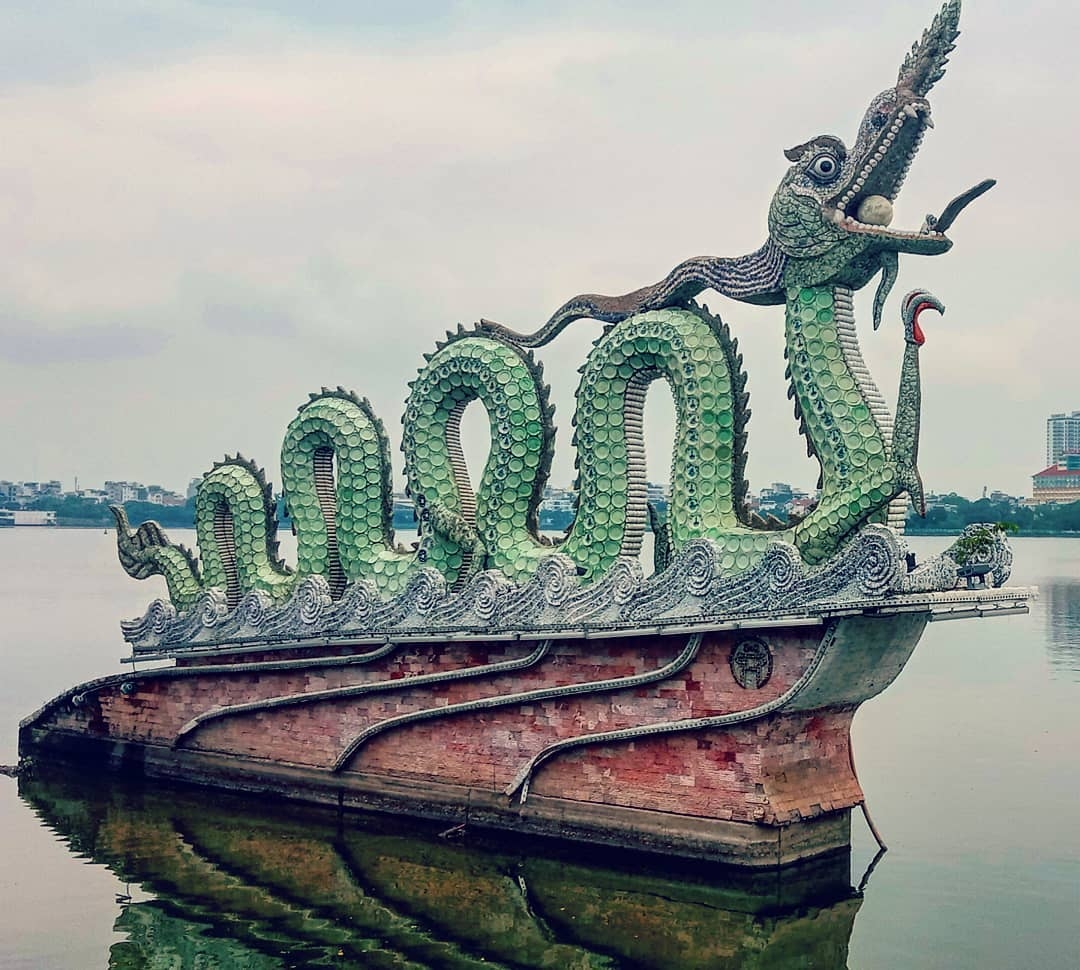 |
| The statues were placed in West Lake in 2012, to celebrate the Year of the Dragon. Photo: Glen - VNT |
The Legend of Ha Long Bay
A protective Mother Dragon is also said to have appeared centuries ago in Ha Long Bay. When invading ships were spotted on the horizon, Ngoc Hoang Thuong De, the heavenly Jade Emperor, asked a Mother Dragon and her children to defend Vietnam’s ancient coastlines. The dragons sank their massive, emerald teeth into the invading fleet, sending them into the depths. The dragon’s giant emeralds remained in Ha Long Bay and became the region’s iconic, seaswept islands. The multiple dragon-toothed isles still protect the residents of Ha Long Bay from ocean invaders.
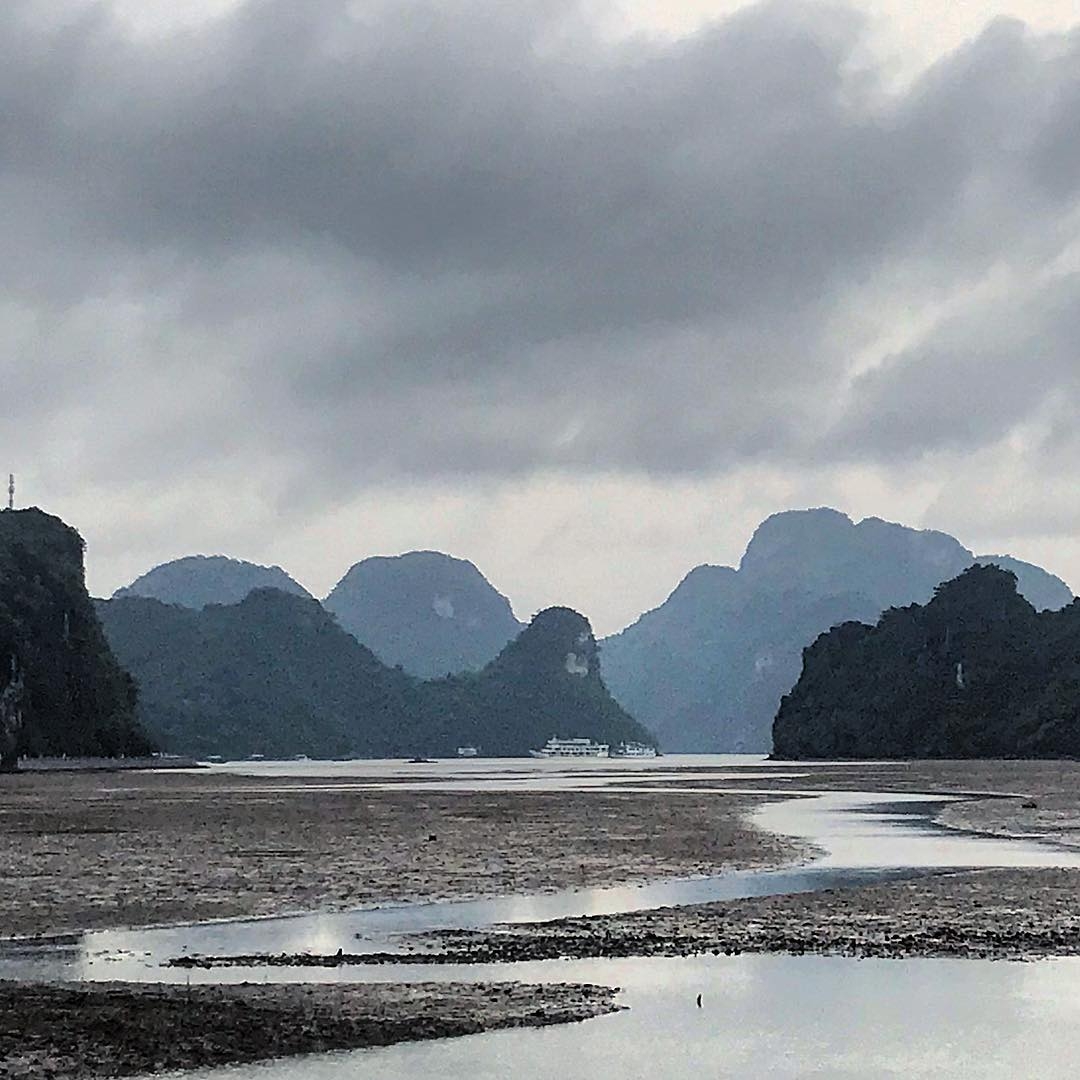 |
| The dragons' toothy remains make for some picturesque routes along Ha Long Bay. Photo:Glen-VNT |
The Hung Kings: Vietnam’s Ancient Dragon Riders
Known as the Hung Kings, these mythical rulers set up a successful foundation for Vietnam. During their reign over a primeval Vietnam, the Hung Kings were said to have a special connection to their dragon ancestors. Stories would describe the Hung Kings riding magnificent, heaven-sent dragons and bestow magical gifts to national heroes. One such gift was a fabled dragon claw, a symbol of invincibility.
The myth of the Hung Kings was still an inspiring image even as France occupied Vietnam. In 1954, President Ho Chi Minh would use the legend of the Hung Kings to rouse his comrades before an attempt to liberate Hanoi. During a speech in Phu Tho’s Hung Kings Temple, Uncle Ho drew comparisons between his determined patriots and the fantastical dragon riders; “The Hung Kings had the merit of creating our country. We, their descendants, must defend it.” These uplifting words led to the Viet Minh removing the French from Hanoi, paving the way for an independent Vietnam.
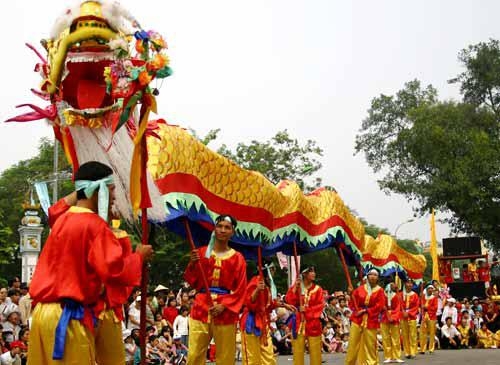 |
| Dragon performers at Phu Tho's Hung Kings Festival. |
Vietnamese Dragons in Modern Media
Even in modern times, Vietnam still uses the symbol of the dragon in various tourist hotspots. For example, Hue’s abandoned waterpark is home to a serpentine tower in the shape of a gigantic dragon. From its colorful mouth, adventurous urban explorers can gaze over the quiet, idyllic landscape. In 2013, the coastal city of Da Nang unveiled the Dragon Bridge, named for the arching yellow dragon built over the Han River. The draconic structure celebrates Da Nang’s economic prosperity. On weekend evenings, the dragon breathes fire and water as a spectacular delight for the citizens and tourists of Da Nang.
 |
| The lonely dragon of Hue's abanonded waterpark keeps watch over the quiet forest. Photo:Glen-VNT |
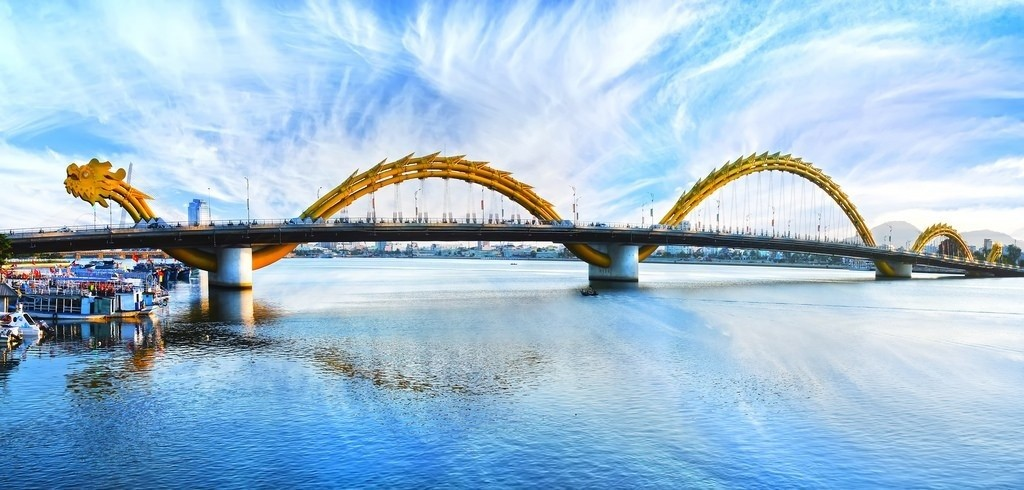 |
| Dragon Bridge in the heart of Da Nang city. Illustrative image |
Vietnamese dragon imagined in Disney’s "Raya and the Last Dragon"
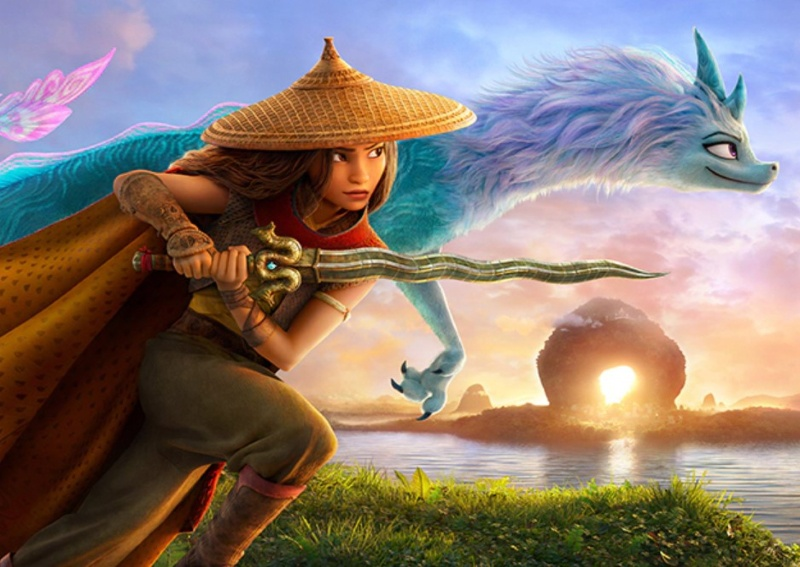 |
| Released last March, Raya and the Last Dragon is an thrilling adventure with Vietnamese roots. |
| The legend of the Vietnamese dragon has recently entertained international audiences. Co-written by acclaimed Vietnamese-American playwright Qui Nguyen, Disney’s Raya and the Last Dragon features a slender, benevolent dragon by the name of Sisu. While taking place in the fictional kingdom of Kumandra, the creature design and story of Raya takes copious notes from Vietnamese and other Southeast Asian mythologies. "Asian people have a strong affection for dragons and believe that they are a symbol of good luck," Nguyen explained to Tuoi Tre News. "Dragons signify strength. Sisu is revered and has superhuman strength. But at the same time, I wanted to go against the usual expectations of dragons by making Sisu very funny and interesting." While more comedic in tone, the film does shows a great appreciation for Vietnamese culture. It pays homage to warrior princess Hai Ba Trung, includes fruits native to Vietnam, has a setting inspired by the nation's most iconic landscapes, and features characters skilled in vovinam, Vietnam's martial arts style. In one particular scene, the titular character makes an offering to the water dragon with an offering of bánh tét, a traditional Vietnamese rice cake. True to the stories of ancient Vietnam, Sisu defends the nation and ushers in an era of peace. This magical story is just the latest iteration of Vietnam’s scaly protectors. |
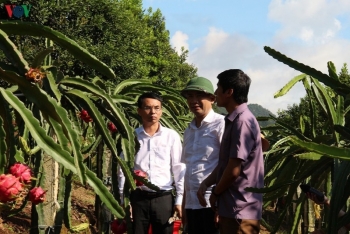 | Vietnamese red dragon fruit exported to the Russian market On July 23, 10 tons of red dragon fruits from Thuan Chau district, Son La province were exported to Russia. |
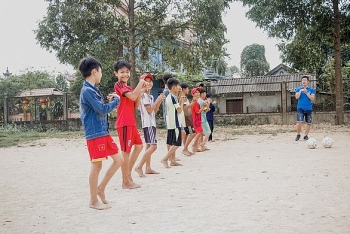 | UEFA, Blue Dragon join hands helping street children in Vietnam A partnership between the UEFA Foundation for Children and the Blue Dragon Children’s Foundation - the well-known charity dedicated to rescuing kids in crisis, is ... |
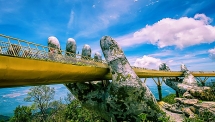 | Five Vietnamese bridges that have become global attractions Many of Vietnam’s bridges have not only boosted transportation but also become world-famous, helping raise the country’s profile on the tourism map. |
In topics
Recommended
 Travel
Travel
Vietnam Through Australian Eyes: Land of Flavor, Warmth, and Timeless Charm
 Travel
Travel
Strategies for Sustainable Growth of Vietnam’s Tourism from International Markets
 Travel
Travel
Vietnam Strengthens Its Presence On The Global Tourism Map
 Multimedia
Multimedia
Phong Nha-Ke Bang National Park Named Top Adventure Travel Site
Popular article
 Travel
Travel
Vietnam Welcomes Record-High Number of International Visitors
 Travel
Travel
Luxury Train From Hanoi To Hai Phong To Be Launched In May
 Travel
Travel
Phong Nha Named Top Budget-Friendly Travel Destination for Spring 2025: Agoda
 Travel
Travel

